Labradoodles have risen dramatically in popularity in the last decade. You may have heard about Labradoodles before, but are you aware of what types exist and what their differences mean?
A Labradoodle is a mix between a Labrador Retriever and another great breed, the Poodle. And the result is an adorable dog that’s become so popular in recent years.
Labs can be crossed with a Standard Poodle or a Miniature Poodle, resulting in huge size variations among the resulting Labradoodles, as well as lots of abbreviations for specific types.
You might hear these terms discussed, but what are F1 Labradoodles? F1b? F2?
Because there are so many different kinds, sizes, and terms, understanding it all can get a little confusing, so we’re here to help.
We’re going to go over some quick facts about some of the most common types of Labradoodles you might hear about. We’ll also cover what the different features are of each to help you figure out if this dog makes sense for you.
Labradoodle Overview
Labradoodles are a type of dog bred between Labrador Retrievers and Poodles. You might also hear about other types of similar breeds such as Goldendoodles (Golden Retriever & Poodle mix) and Aussiedoodles (Australian Shepherd & Poodle mix).
Labradoodles originated in Australia in the 1980s. There are now some of the most popular dogs in the United States.
Their size can range from “mini” which is under 20 lbs to medium or up to the standard size which can weigh over 60 lbs. Their coats can be more woolly or fleece, again depending on the breeding.
(This article may contain affiliate links. As an Amazon Associate I earn from qualifying purchases. Learn more)
Their happy, friendly personalities are one reason for such high recent popularity, and why so many people adore them.
The wonderful personality traits of the Labradoodle are similar to both Labrador and Poodle: playful, active, energetic, good with families, friendly, and intelligent.
Labradoodles normally don’t shed nearly as much as purebred Labrador Retrievers, but they may still shed some. You will want to discuss this with the exact breeder you choose when you’re narrowing down your search for a puppy.
Because they are a descendant of two highly intelligent breeds, they are easy to train and fairly even-tempered. They may love the water and also excel in water activities.
You can find Labradoodles in many colors, similar to Labradors, such as golden, chocolate, black, and many variations of light and dark in between. There’s sure to be the perfect color that’s just what you’re looking for.
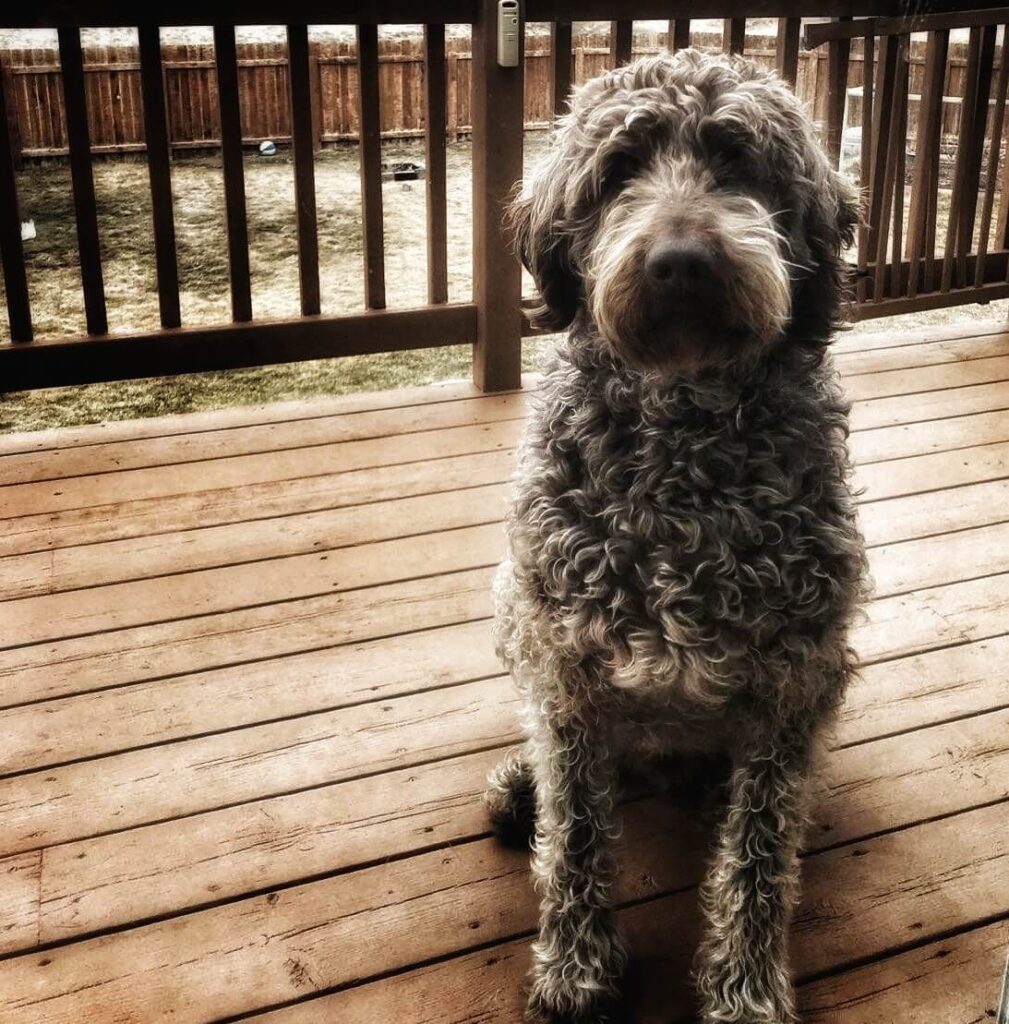
Many people are drawn to the idea of a low-shedding type of dog, especially people with allergies who want to reduce the chances of their dog causing issues. We’ll go over this more in our hypoallergenic section in a moment.
There are many different types of Labradoodles, including multi-generational ones. You will see them referred to by their abbreviations, so we’ll go over the most common ones you might see now.
What Are F1 Labradoodles?
The F1 Labradoodle is the cross between a 100% Labrador Retriever and a 100% Poodle, resulting in a dog that possesses 50% of the traits of the Labrador and 50% traits of the Poodle.
This would be referred to as a “first-generation” Labradoodle.
These types of Labradoodles are not always hypoallergenic though, which is important because many people assume that they are.
This is because the dog is still 50% Labrador, and there can be a different combination of genes the F1 Labradoodle is going to possess.
If you’re considering an F1 Labradoodle, each particular dog can vary in what they inherit, such as more of the high-shedding traits from the Labrador, or low-shedding traits of the Poodle.
For example, purebred Labradors are high shedders, and this may aggravate a lot of people’s allergies. However, Poodles are not known for being shedders and may only drop a few hairs occasionally around your home.
An F1 Labradoodle could have the very curly hair of the Poodle parent or could have the mostly straight, slightly wavy coat of the Labrador. It might shed very little like the Poodle parent, or shed more like the Labrador.
It likely won’t shed nearly as much as purebred Labrador, though, which is good if shedding is an issue for you. And if you already have a dog that sheds, we recommend you take a look at our article on three tips to conquer dog shedding!
If you work with a reputable breeder with extensive experience, they should be able to tell you what traits their dogs usually possess, and what features they are breeding for, especially if these two dogs have been bred together before.
A breeder can control some of the characteristics that they are intending to breed for deliberately, and the F1 Labradoodle can be a great choice depending on if the breeder’s intent matches what features you’re looking for in a dog.
However, if having a more hypoallergenic dog is extremely important to you, you might also want to consider one of the further options we’re going to cover below.
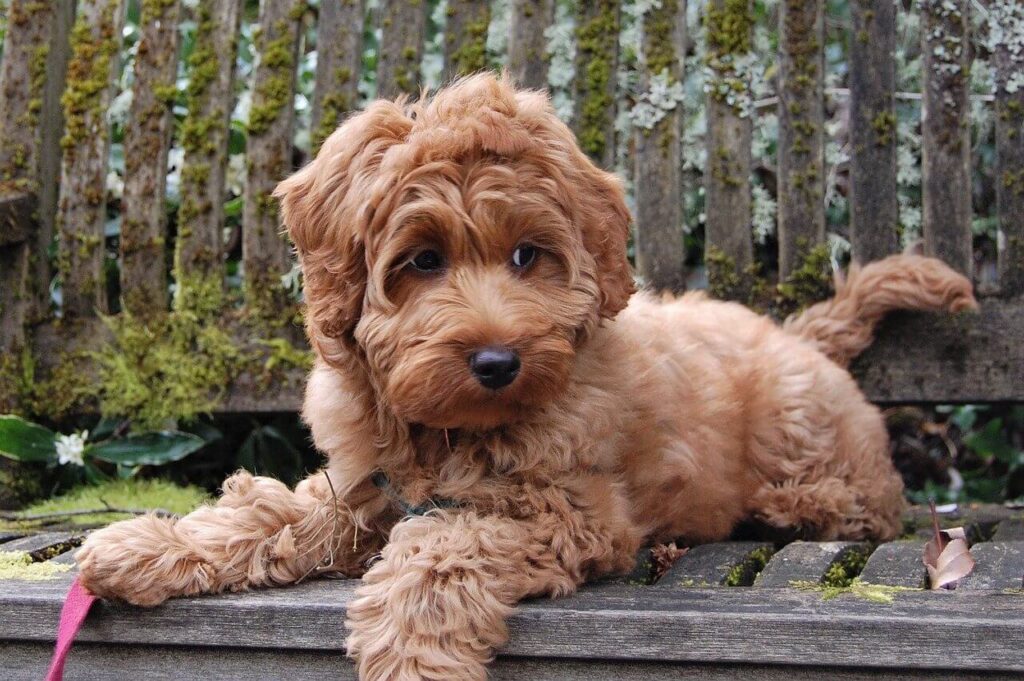
What Are F1b Labradoodles?
An F1b Labradoodle is another type of cross, this time between a first-generation F1 Labradoodle (which is 50% Lab, 50% Poodle) and another dog who is (typically) 100% Poodle.
F1b breeding would result in a dog that is 25% Labrador and 75% Poodle.
The “b” in the name of this generation refers to the term “backcross,” which is referring to breeding the F1 Labradoodle “back” with a Poodle.
The reason for doing this is that the breeder is intending deliberately to try to get more of the Poodle traits into the dog, such as lower-shedding coats.
No dog can be guaranteed to be totally hypoallergenic, but an F1b Labradoodle might be a better bet for someone with severe allergies than an F1 Labradoodle, or a purebred Labrador Retriever.
This is because the F1b will have primarily more of the Poodle traits inherited (75%) that will outweigh more of the Labrador traits (25%).
If you’re looking for a dog to get that might be considered more hypoallergenic than traditional breeds like Labs or Golden Retrievers, the F1b Labradoodle might be a good choice for you.
You might also want to consider Goldendoodles, which are a cross between a Golden Retriever and a Poodle, as another breed option that might work for you or someone with dog allergies. You can read all about them in our guide to Goldendoodles here.
What Are F2 Labradoodles?
There is also another type of Labradoodle you might often see referred to, which is the F2 Labradoodle. This is a “second-generation” Labradoodle.
The F2 Labradoodle is created when a breeder typically crosses two first-generation F1 Labradoodles together (each dog being 50% Lab & 50% Poodle).
The result is a litter of F2 Labradoodle puppies that are still 50% Labrador and 50% Poodle since they inherited equal amounts from both parents.
An F2 can also be created by breeding a first-generation F1 to another second-generation or higher (a multi-generation).
This can be done as a result of breeder preference for specific traits.
Some Labradoodle breeders indicate that you may see more variations in things like curliness of coat, shedding, and other characteristics, by doing this kind of breeding into further generations.
Similar to what we discussed above, a breeder might choose to do this for specific breeding reasons, intending to breed for a specific trait.
You’ll want to discuss the particulars of their litters with the breeder directly and find out if their specific traits are something you’re looking for before you get your puppy.
We recommend you seek out a great breeder and ask specific questions about what traits you’re hoping to get in your next dog. If you’re searching for a breeder name, you can check the directory of the Australian Labradoodle Association of America here.
A great breeder will welcome your questions and be open about sharing what makes their dogs so wonderful!
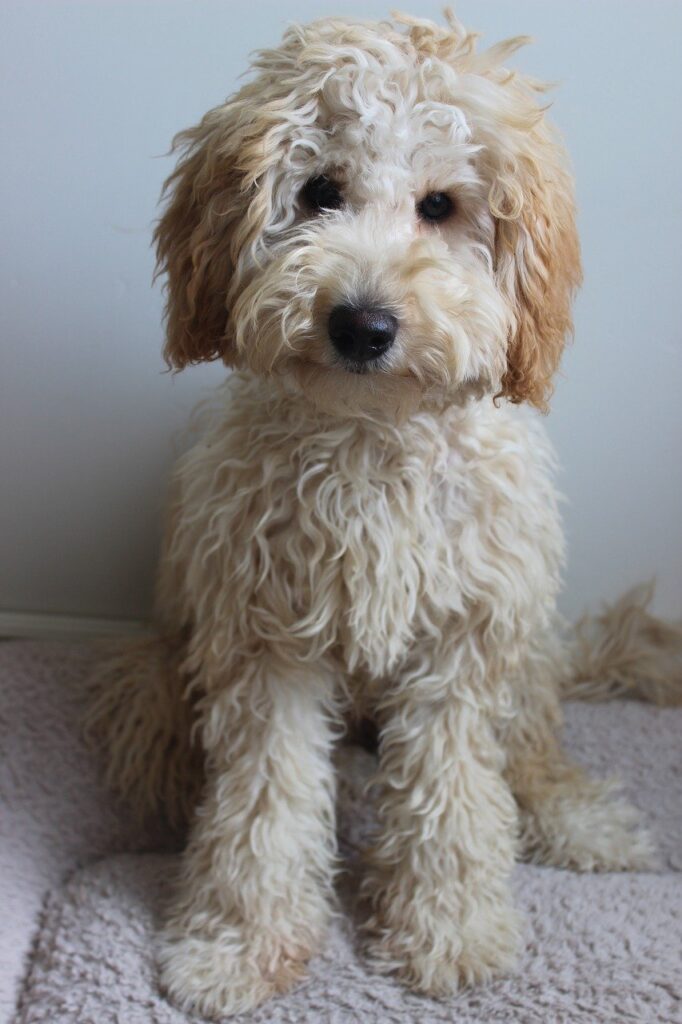
Are Labradoodles Hypoallergenic?
So what kind of Labradoodles are more likely to be considered hypoallergenic? What do you look for if you have allergies and you are hoping to get a dog that doesn’t aggravate them?
No dog can be guaranteed to be completely hypoallergenic to humans, and it’s possible that many times dog allergies in humans are actually caused by our reactions to the skin (dander) or saliva. This may mean that the allergy is not necessarily caused by exposure to the actual fur that’s shed off the dog.
If you’re considering a Labradoodle, and are hoping to get one that is most likely not to aggravate allergies of you or your family members, you might want to consider an F1b Labradoodle, rather than an F1, as it’s more likely that it won’t possess as many of the possible Labrador traits (since it’s only 25% Lab).
You could also consider an F2, or consult a breeder that has multi-generation Labradoodles (F2b, or further out) as they might be less likely to provoke your allergies.
You’ll want to research your Labradoodle breeder thoroughly and ask many questions about the hypoallergenic status of their dogs, keeping in mind that they may not be able to guarantee that your particular pup will be hypoallergenic.
Things to Be Aware of With Labradoodles
As Labradoodles are a mix between Labradors and the Poodle, it’s possible that they could pass on some genetic or inherited health issues of either breed.
And just like their purebred counterparts, they can inherit wonderful traits or also some possible health issues. That’s why it’s important to choose your breeder wisely.
Labs are prone to some types of health problems such as joint problems, cancer, retinal myopathy, exercise-induced collapse, and allergies.
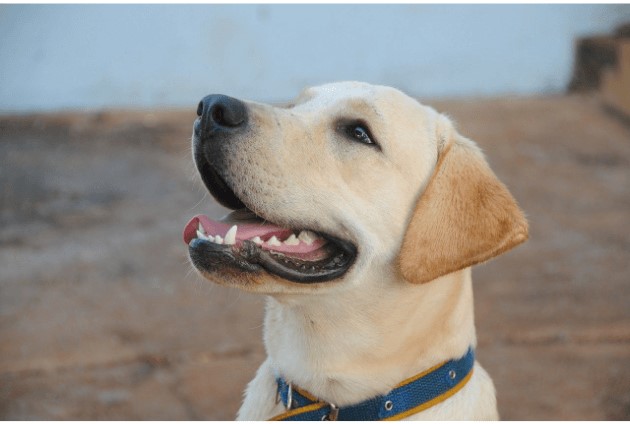
Poodles are sometimes found to have epilepsy, adrenal disease, and thyroid problems.
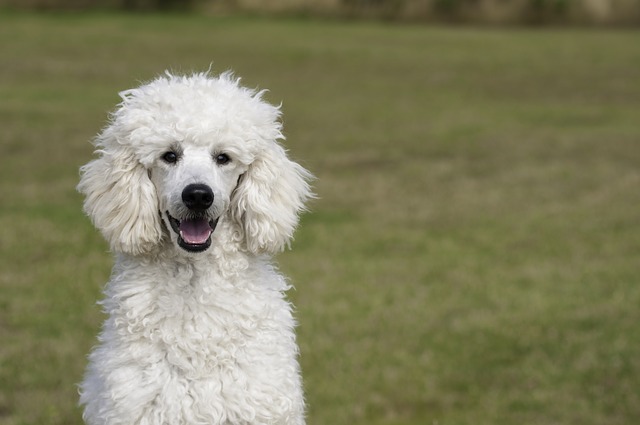
You’ll want to make sure you’re getting a healthy dog from a reputable breeder who has done testing for these conditions and has veterinary records to show that their dogs are in good health, no matter which kind of dog you end up getting!
It really comes down to choosing an excellent breeder who is working hard to improve the breed and is proud of the dogs they put forth.
Labradoodles require regular, frequent brushing and sometimes grooming visits. Some people choose to shave their coats down in hot weather or give them a “summer haircut.”
The person created with the development of the first Labradoodle in Australia, Wally Conron, mentioned his love for the breed but also his concerns that the breeding has begun to get out of control, and that there are many disreputable breeders who do not have the health of the dogs in mind.
These unethical breeders cause a lot of heartache and health issues for owners and dogs, and this is a problem that’s not limited to the world of Labradoodles.
Labrador Retrievers also have many unethical breeders who create dogs with known or untested-for health issues which later cause problems for both dog and owner.
When picking out a puppy, it’s really important that you do extensive research on finding a great, reputable breeder, no matter what breed of dog you’re selecting. Take a look at our guide to the five critical steps to increase your chances of success in the process of picking out a great puppy.
Whether you decide on a Labradoodle or a Labrador Retriever, we want you to have success and happiness with a healthy dog by choosing very carefully.
You can also read more here about what to look for in a good breeder and how to make the best decision possible.
When you’ve reviewed what to look for in a great breeder and are ready to begin your search for Labradoodle puppies for sale, a good place to start is the Australian Labradoodle Association of America’s directory of breeders to give you a list of breeders in your area.
Wrap-Up: F1 Labradoodle & More
Labradoodles are the cross between two amazing breeds of dogs we happen to think are pretty special: the Labrador Retriever and the Poodle. Their adorable faces and delightful personality traits will bring a lot of fun to your home!
We want you to make the best decision you can, no matter what kind of dog you’re getting. We hope this overview helps you understand the basics about Labradoodles and gives you more insight into making the decision to share your life with one!

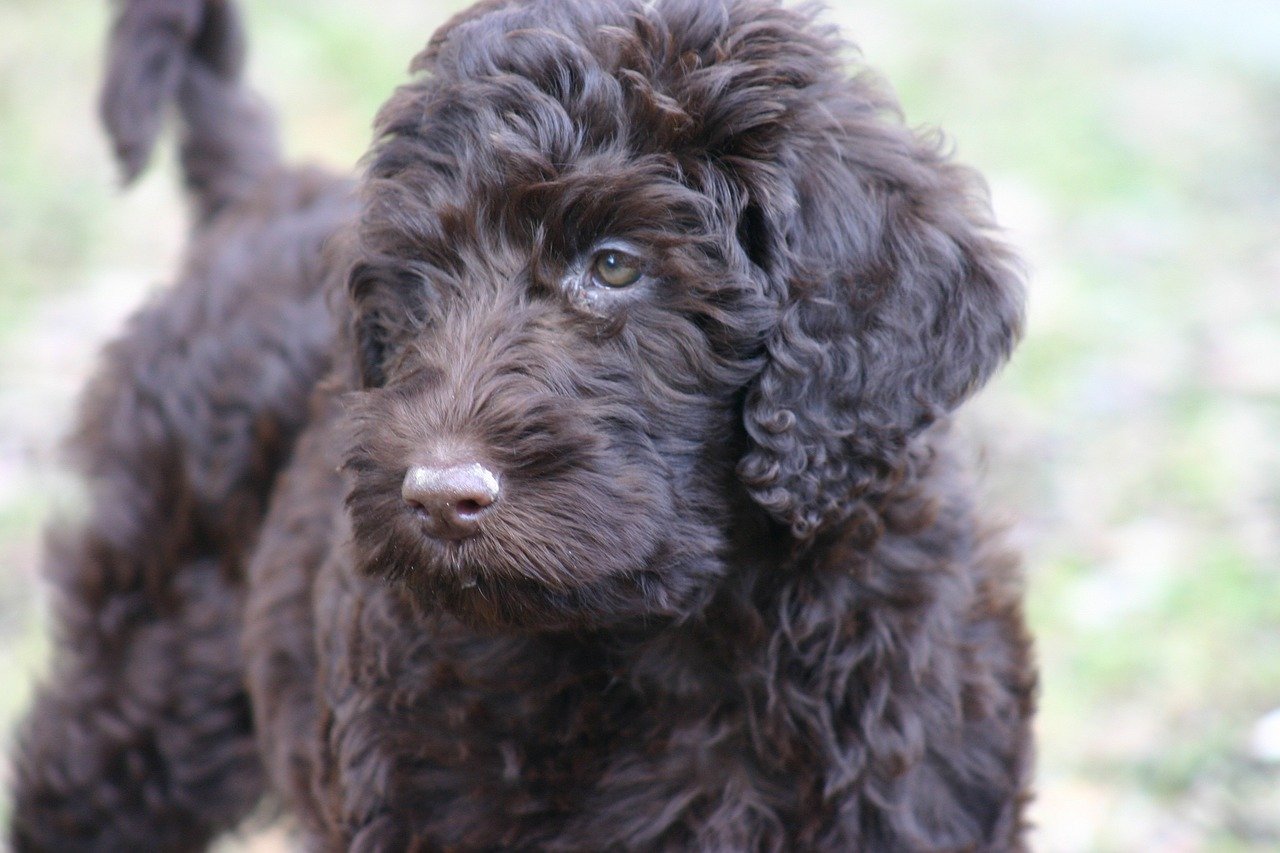

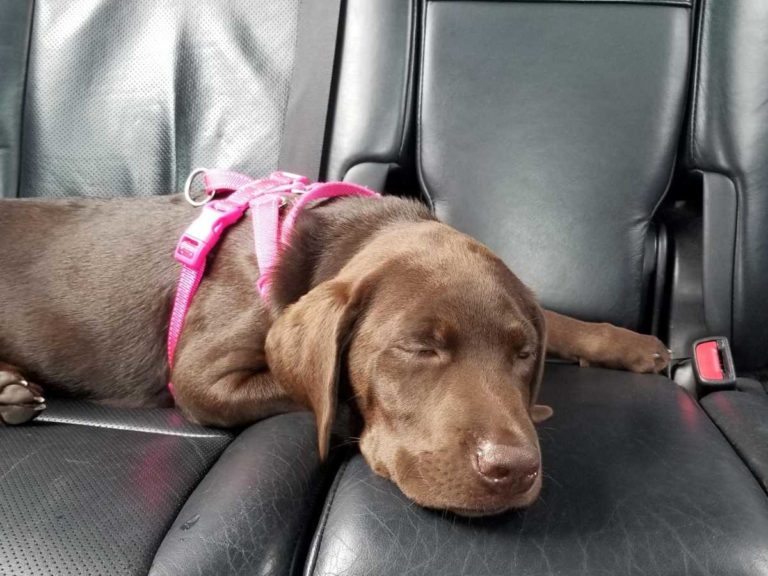

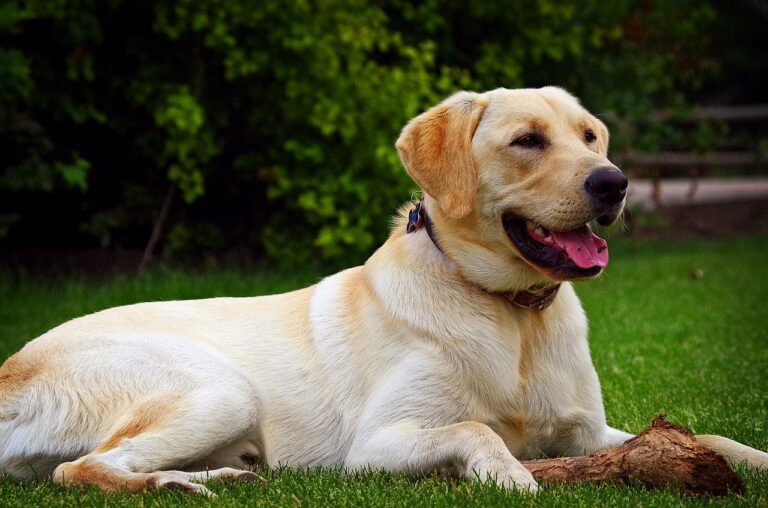
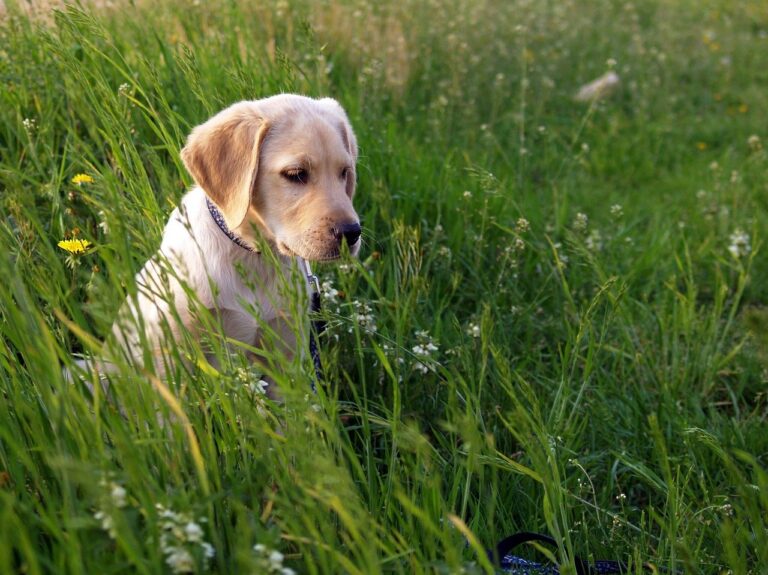

Are there cockadoodle? Where are they bred
Welcome! Do you mean a mix between a Cocker Spaniel & Poodle? Then yes, definitely! They are most often called “Cockapoos” and have been bred for a long time, as they were one of the original types of Poodle mixes. You can start a breeder search online near you or find more in this article for general tips in what to look for in locating a rescue: https://labradorwise.com/how-to-find-a-labrador-rescue-near-you/